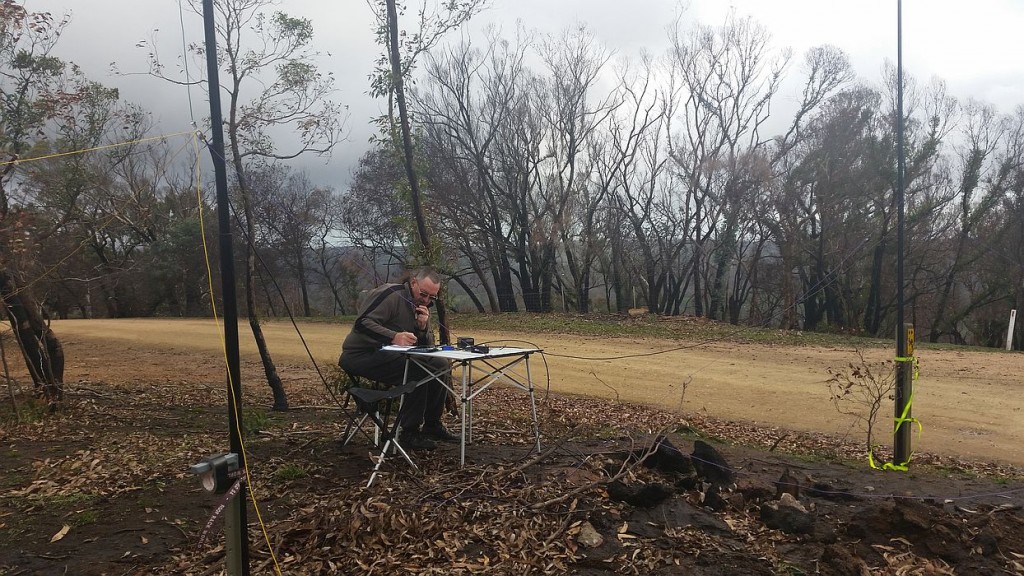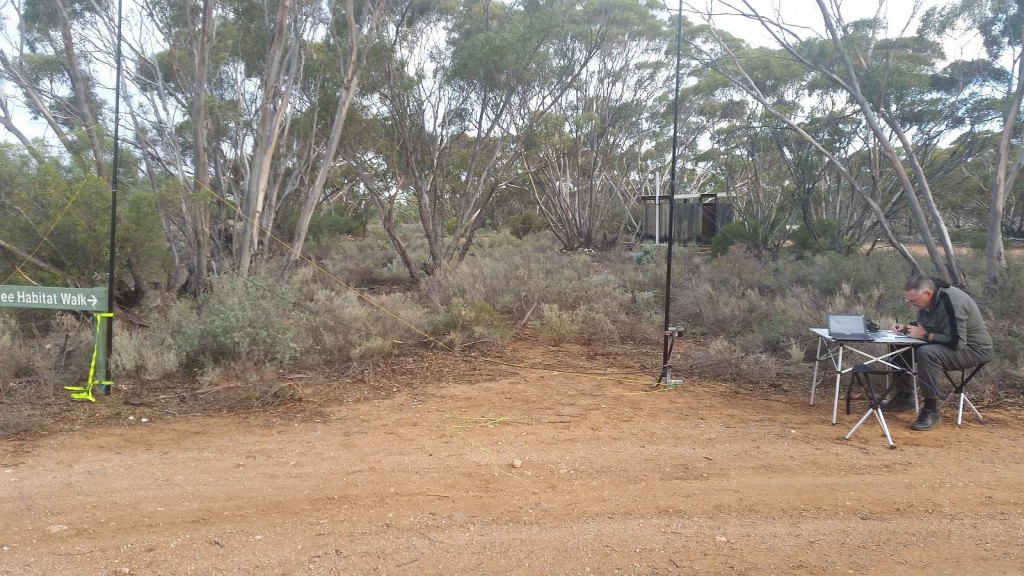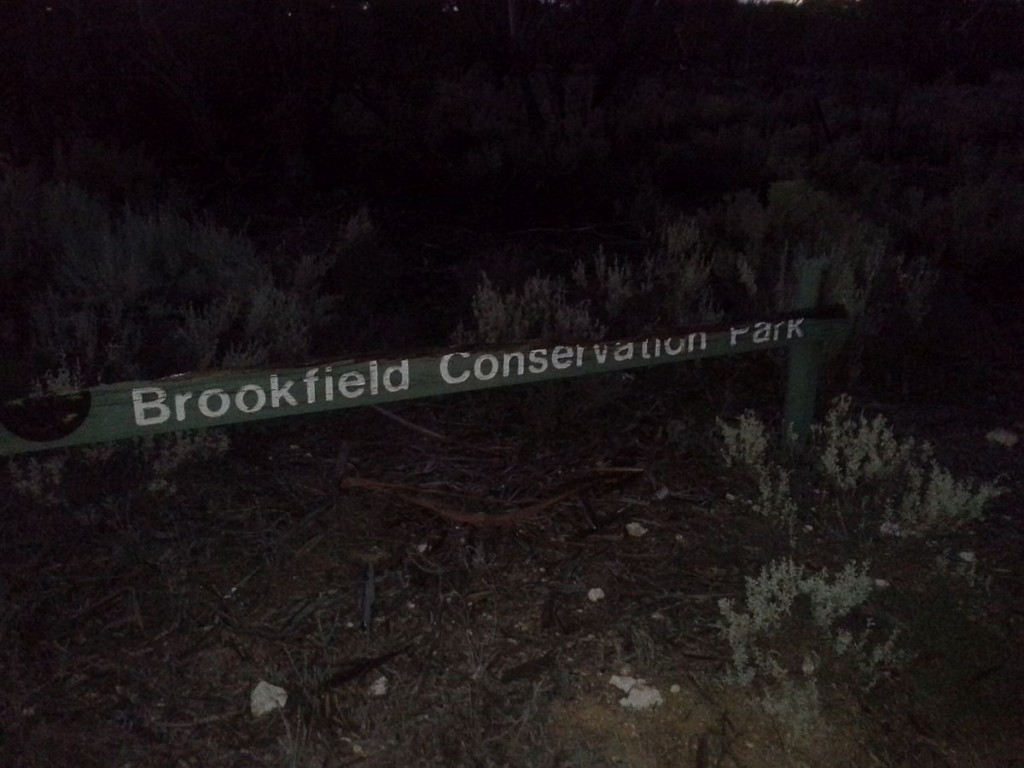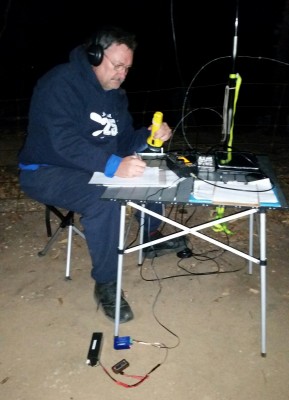After Yesterday at Brookfiled CP, I was really keen to get out again and look LP EU on 20M, so I headed up to Mt Gawler – VK5/SE-013 this afternoon.
It was a windy and threatening to rain, but got up there and set up both verticals again pointing at around 120Degrees.
Got on the air just after 05:00UTC and found a clear frequency on 20M and posted a spot on sotawatch. A couple of VK’s responded and then a few EU stations started coming up. About 20 minutes into the activation the rain did come in and threaten to make it uncomfortable, but fortunately it only lasted 3 or 4 minutes.
It was fairly steady going and in tough conditions managed to get Ed (DD5LP) in the logs – which he subsequently reported I was the 2nd ever VK sota summit he has managed to complete from his home QTH) and in Ed’s words,
I'd say that your antenna is an unmitigated success!
I had someone else in EU then start calling CQ over the top of me, but lasted only a minute or 2 – and then the floodgates opened for the next 30 -40 minutes and I suspect it was as a result of Ed posting a spot on the Cluster and in just over an hour, I had logged 45 contacts on 20M with 36 of them being EU DX!
Again, I need to stress that I am just using the KX3 and only 10W – Yes, QRP power only and not running a big battery and a high-powered station.
A highlight was to get VK4FO in the logs! he said there are only a few of us and when he saw my call on the cluster he just had to give me a shout – Thanks Gordon!
Again, I set up the table between the 2 Verticals. I was able to use an exiting post to mount 1 of the antennas against and had to drive in a stake to support the 2nd one. Hopefully, next time I am there, I will be able to pick the same spot to set up.
For the 70 minutes I was on 20M I worked the following prefixes.
VK6, VK3, OK2, S58, G0, DL2, HA8, HA6, VK4, DD5 (Hi Ed), VK7, VK5, ON3, OP7, ON7, DL5, I5, OK7, OE5, IW0, IZ8, DK1, IK6, OE8, IW1, 9A7, IK1, IZ3, HA0, I3, DK4, G1, ON4, HA6, PB2, F2, RV9, DK2, VK2
As always, I fired up on 40M before leaving and worked another 6 stations to finish this cold activation with 51 contacts logged.
So yeah, this experiment of going back to a basic resonant antenna’s has been a real eye opener for me – as over the years I have used all sort of multi-band verticals and never really had much success with them.
Yes, 2 elements on a summit are really a lot better than a dipole and Now I have to totally re-think my portable antenna’s and probably spend the next several month’s building antenna’s for other bands as well. I can see the weight going up with carrying more antenna’s.
EDIT: I have just checked my logs – and this activation was my most successful sota activation of all time – with 51 contacts logged. Additionally, I added 3 new DXCC countries to my tally.




